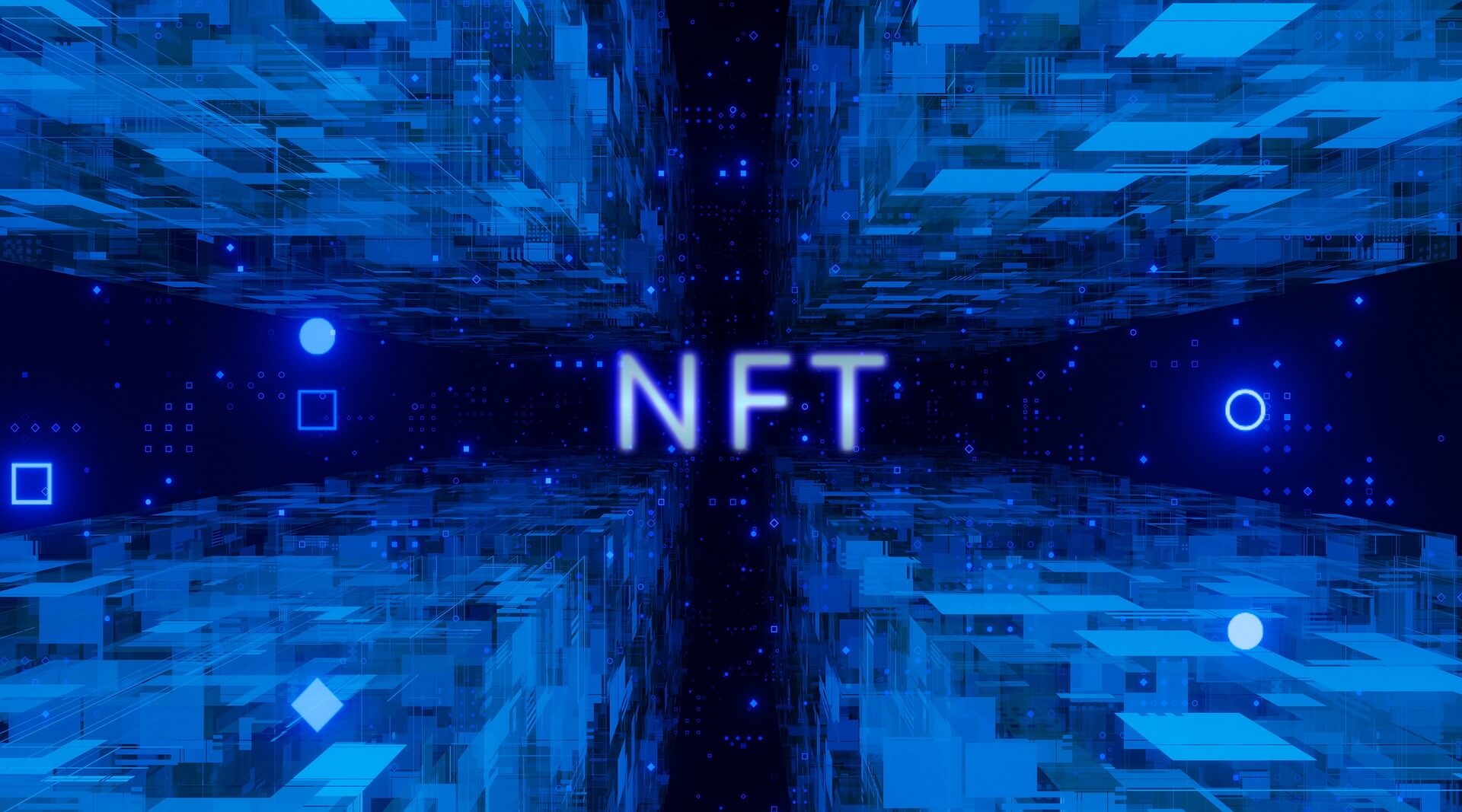NFTs are a relatively new concept. While they can be traced back to blockchain markers for works of art (or “monetized graphics”) in 2014, it’s arguable whether there was much interest in the concept before 2017’s CryptoKitties or, more recently, the Bored Ape Yacht Club, which has dipped between prosperity and infamy since its release in 2021. In any case, it’s fair to say that the wider public’s exposure to NFTs has been brief.
Of course, the latter problem has a lot to do with the fact that news outlets have only recently started to approach crypto spaces as interesting subjects, meaning that the average person can still be very much in the dark on some Web3 ideas. This is despite the appearance of NFT concepts in some areas of entertainment, such as the NFT Megaways casino game on the Betfair website.
A provider of slots online, Betfair’s inclusion of NFT Megaways among more traditional slots may mark a genuine interest from the public in consuming Web3 ideas. The game features crypto punks on its reels, alongside meme fodder like Doge and the Tesla Cybertruck. Of course, cryptocurrencies such as Bitcoin, Litecoin, and Ethereum pop up from time to time on the reels too.
A Pickled Shark
NFTs’ limited time in the sun has prevented the growth of the medium beyond a somewhat niche hobby enjoyed by people already in the know. Perhaps most importantly, the essential real-world use cases are being dwarfed by the more outrageous concepts. While crypto pets can be a great way to get casual owners on board, burning pieces of physical artwork is a mite more questionable.
Recently, British artist Damien Hirst, the man behind “The Physical Impossibility of Death in the Mind of Someone Living”, otherwise known as a pickled shark, burned thousands of his paintings in order to create 10,000 NFTs. This was always the intended outcome (buyers had a choice between NFT or a real painting) but it nevertheless represents a growing movement of artists who are seeking to destroy things to sell NFTs.
Hirst responded to criticism by stating that the burning completed the transformation from physical to digital but later comments brought the spotlight down on an interesting question – does real-world art lose its value during such a destructive process? Given that NFTs lose value almost by definition, the answer seems to be a resounding ‘yes’. The issue that digital property has long struggled with is that it doesn’t provide value to the owner, only in resale.
Expensive and Exclusive
Crypto advocates like CoinTelegraph are now predicting the end for some NFT products in 2023, such as those sold by entertainment companies. This means that the casual audience that NFTs need seems more like the population of a pipedream. It perhaps doesn’t help that Bored Ape #8817 was sold at Sotheby’s for $3.4m, reinforcing the idea that some Web3 technologies are both expensive and exclusive.
Granted, NFTs are supposed to be a kind of investment but, without an on-ramp for more casual consumers, the idea is going to continue to struggle to gain traction outside the existing community.





